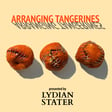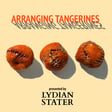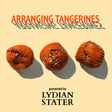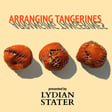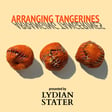
Arranging Tangerines Episode 39 - A Conversation with Lau Wai
In this episode, we talk with Lau Wai about their practice and process with discussions around Chinese naming conventions, the use of (or reference to) mocap suits, the differences between consumer and commercial software, how avatars can represent or misrepresent us, deep fakes, the influence of Hong Kong cinema, hybridity, NFTs, virtual galleries, and what the future holds.
Lau Wai 劉 衛 is a multidisciplinary artist, former photographer, storyteller, teacher, gamer, cat companion and more. Born and raised in Hong Kong and currently based in New York, Lau utilizes photography, moving image, new media, sculptural objects, and installation to investigate how history, fiction, personal memory and virtuality collide in the process of identity formation. Their research and material sources range from personal and historical archives to cinematic imagery and popular culture. Their works are collected by The Museum of Fine Arts, Houston (United States); Alexander Tutsek – Stiftung Foundation (Germany) and M+ Museum (Hong Kong), among others. They have exhibited in Europe, Asia, and North America, including Brandts Museum of Art and Visual Culture, Denmark (2016); Power Station of Art, Shanghai (2018); Para Site, Hong Kong (2015, 2018); Tai Kwun Contemporary, Hong Kong (2019, 2021); Kuandu Biennale, Taiwan (2018); Echigo-Tsumari Art Triennale, Japan (2015); The Museum of Fine Arts, Houston, United States (2019) and Yokohama Triennale, Japan (2020). They are also a former resident at NARS Foundation, New York and Institute for Electronic Arts, Alfred University, New York.
Links;
Here & Album Extract I am invincible…on the screen / False motion tracking Feed 3.0